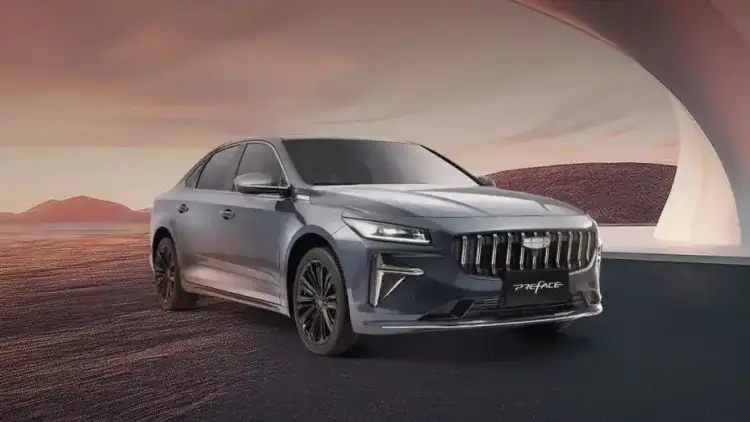Despite Europe’s significant efforts to protect its local car industry from Chinese competition by imposing tariffs on imported vehicles, these measures have not achieved the expected results. Chinese manufacturers exploited a hidden loophole in European laws that allows them to circumvent the tariffs and expand their influence effectively in the European market.
In this article, we highlight how Chinese companies take advantage of regulatory gaps, the impact of EU tariffs on the market, reactions from concerned parties, a comparison between Chinese and European cars in terms of specifications and prices, and a future assessment of market dynamics under these conditions.

Background of EU Tariffs on Chinese Cars
The European Union imposed tariffs up to 25% on electric and hybrid passenger cars imported from China.
The primary goal was to protect European local industries and stimulate the internal economy.
The tariffs target direct Chinese commercial activity in Europe on cars manufactured in China.
Exploitation of the Hidden Loophole by Chinese Companies
Chinese companies began establishing assembly plants in European or nearby countries such as Serbia or Poland to reduce tariff costs.
Shifting key manufacturing parts to Europe significantly lowers tariff rates.
Some companies rely on partnerships with local European firms to facilitate importation and distribution.
These strategies lead to tariff circumvention and the emergence of competitively priced and quality Chinese cars in European markets.
Impact on the European Car Market
A marked increase in the market share of Chinese cars in Europe despite tariffs.
Relatively weak impact on sales of local European companies, especially in the affordable electric car segment.
Competitive resurgence pushed some European companies to accelerate the development of new electric models and improve prices.
Changing European consumer expectations with greater acceptance of high-quality Chinese cars at lower costs.
Comparison Between Chinese and European Electric Cars in the European Market
Reactions from European Policy Makers

Some officials believe the customs system needs updating and tightening against these evasive strategies.
Calls to strengthen local car manufacturing with greater support for development and innovation.
Ongoing discussions about imposing stricter measures that may include manufacturing components, not just finished products.
Concerns over loss of consumer confidence in European products and market identity amid rising Chinese influence.
Future Market Expectations for the European Auto Industry under Tariffs
Continued growth of Chinese cars in European markets if regulations remain unchanged.
Potential increase in collaboration between Chinese and European companies for joint manufacturing.
Development of more competitive marketing and pricing strategies by European firms.
Imposition of new, strict EU rules to complicate and close loopholes.
Despite the EU’s imposition of tariffs to protect the local industry, Chinese companies succeeded in exploiting legal loopholes to strengthen their position in the European market. This has led the European market to reconsider its industrial and customs strategies to face increasing competitive challenges. The future remains uncertain, but it is clear that competition between Chinese and European manufacturers will remain fierce with ongoing technological advances and market strategies evolving.












